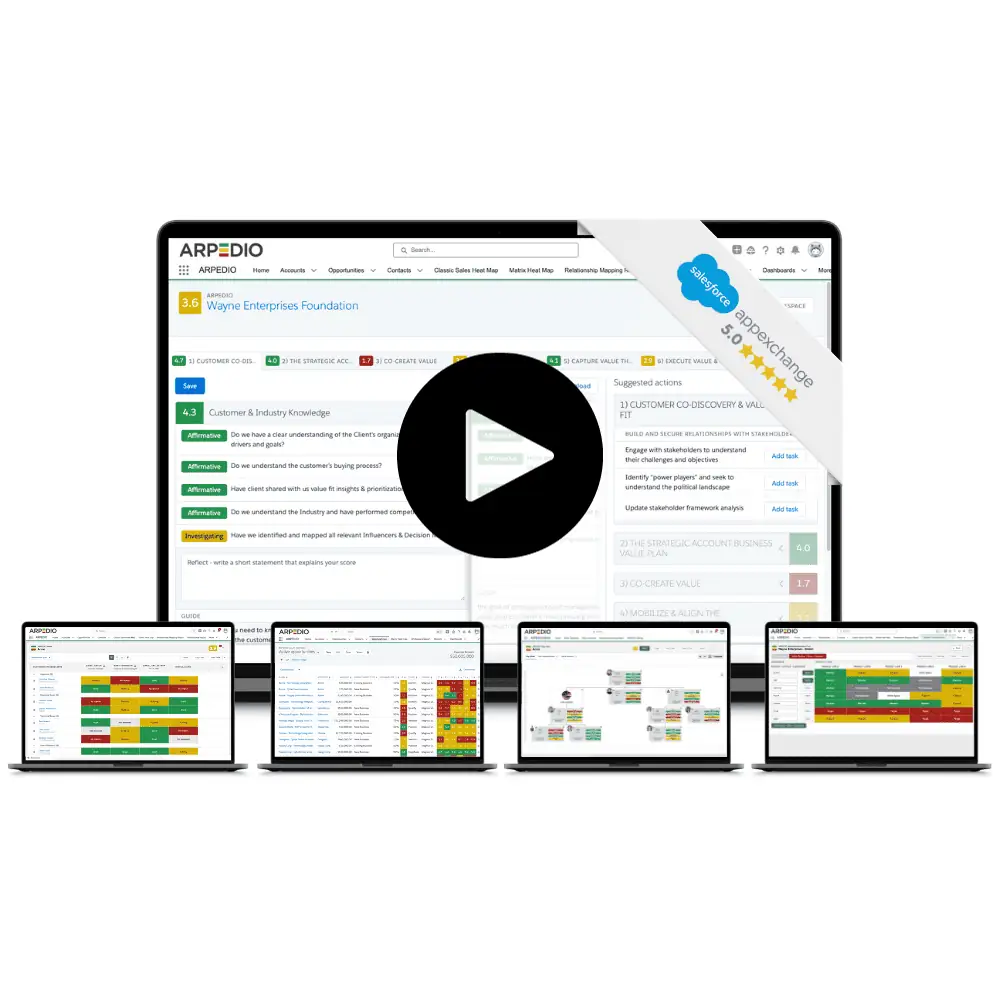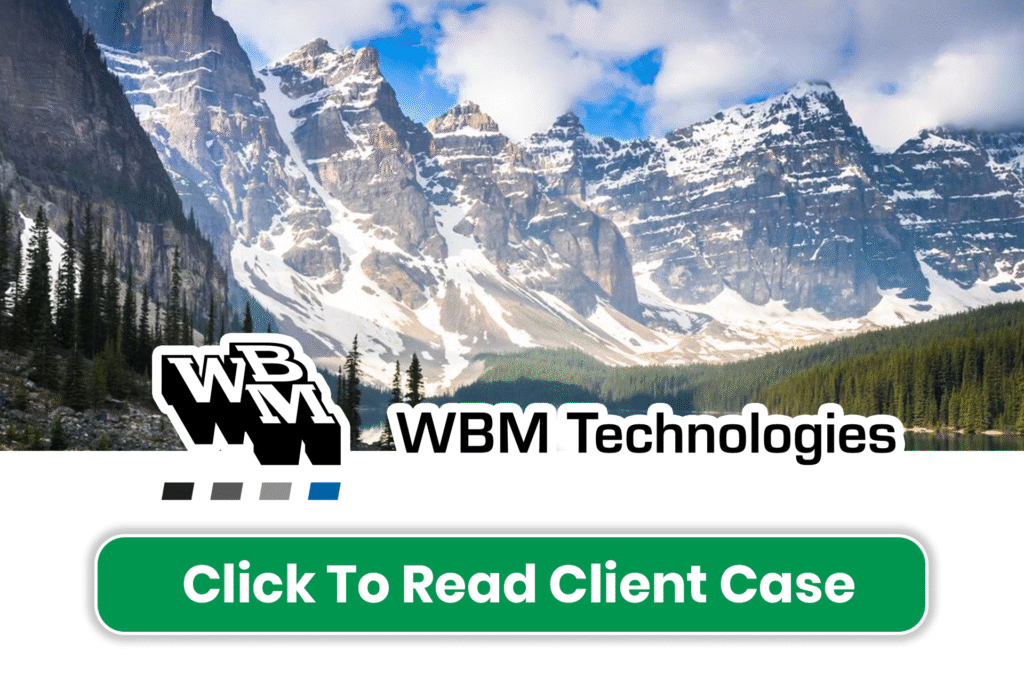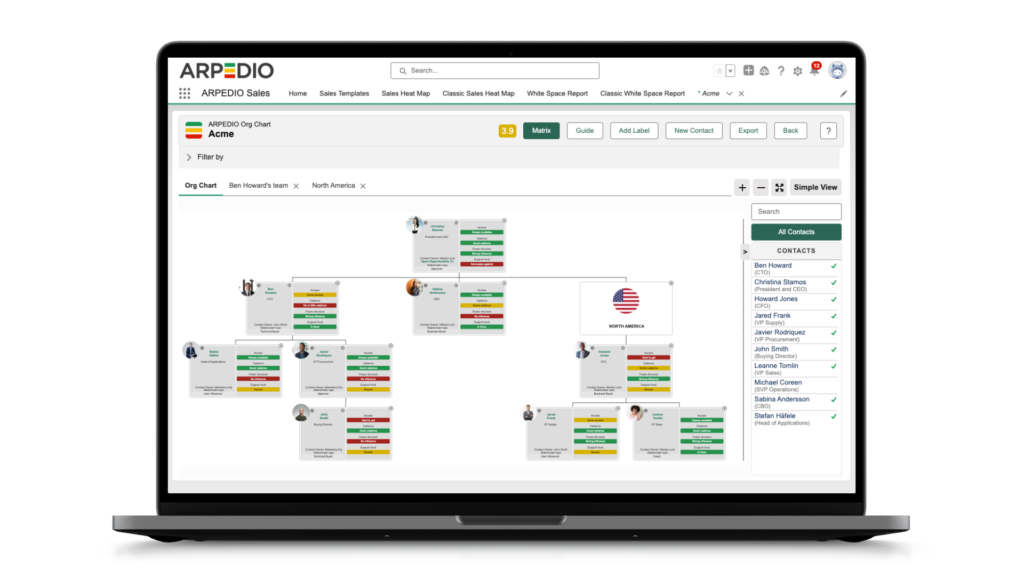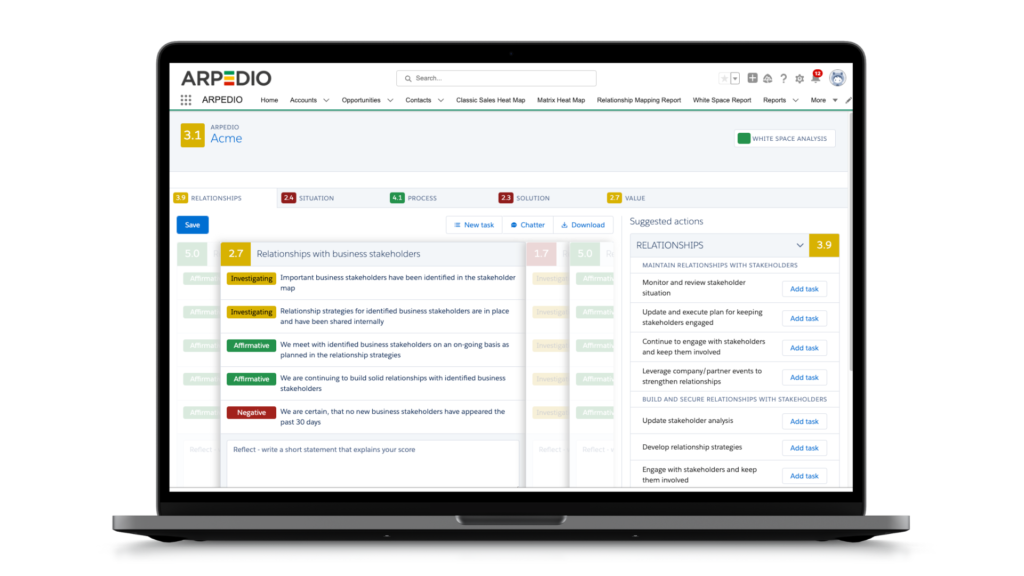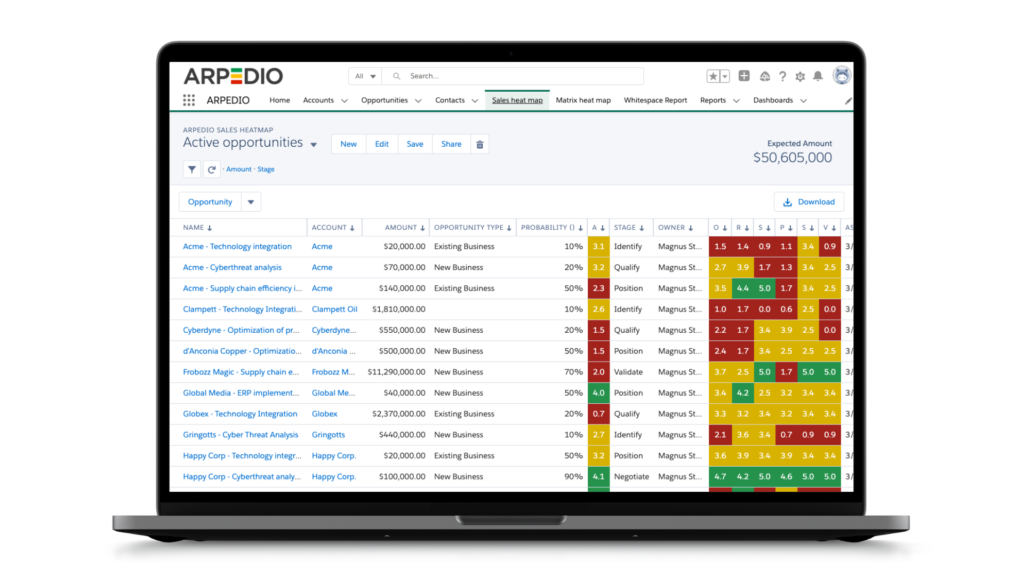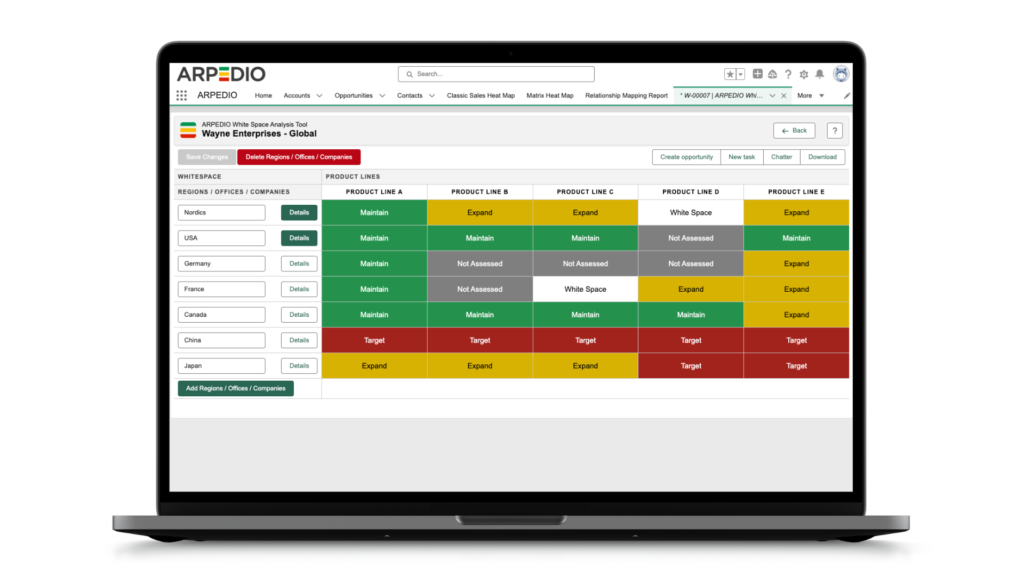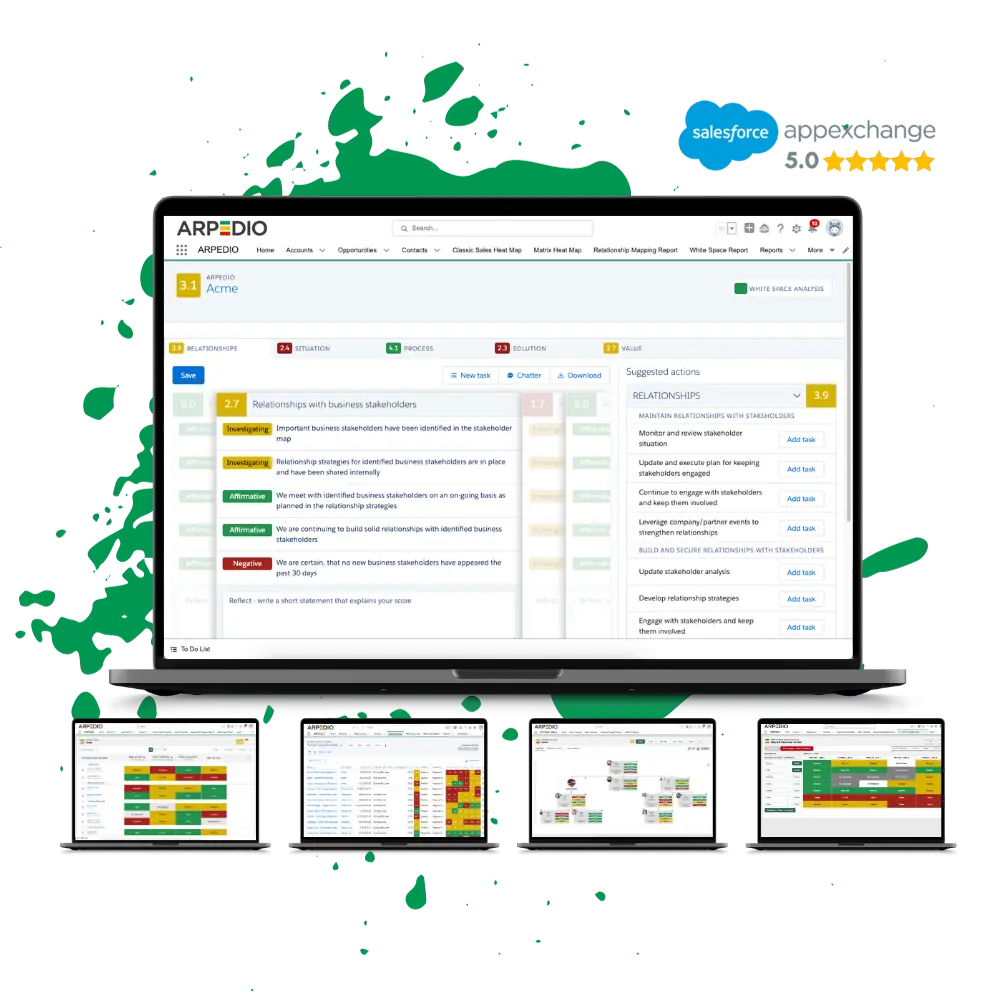What is Account-Based Everything (ABE)?
Account-Based Everything (ABE) is a modern sales strategy where businesses focus on individual accounts rather than just leads or general prospects. Instead of casting a wide net to reach as many potential customers as possible, ABE targets a smaller number of high-value accounts, treating them as unique opportunities.
Think of it like fishing with a spear instead of a net. Traditional sales and marketing efforts try to capture as many leads as possible, hoping that some will convert. ABE, on the other hand, identifies the biggest, most promising fish and carefully crafts a strategy to reel them in.
For example, imagine a B2B software company that sells enterprise security solutions. Instead of running broad ads and waiting for companies to show interest, they research and select 10 major financial institutions that would benefit most from their product. They then create personalized outreach—custom content, tailored demos, and executive-level engagement—ensuring they address each account’s specific pain points.
This approach helps businesses better target, personalize, and engage with key accounts throughout the entire customer journey, ultimately driving stronger relationships and higher-value deals.
Why Account-Based Everything is Changing Sales
ABE is a game changer because it breaks down silos between sales, marketing, and customer success, aligning them around the same high-value accounts. Traditionally, these teams operate separately—marketing focuses on generating leads, sales on closing deals, and customer success on post-sale retention. With ABE, they collaborate from the start, ensuring a seamless and personalized experience for the customer.
This alignment creates a more strategic and efficient process:
- Marketing crafts highly targeted content and campaigns tailored to specific accounts.
- Sales engages with prospects using insights and personalized outreach.
- Customer Success ensures long-term value, increasing retention and expansion opportunities.
By working in sync, businesses can shorten sales cycles, close larger deals, and build stronger customer relationships—making ABE an essential strategy for modern B2B sales.
How ABE Improves Personalization and Customer Experience
One of the biggest advantages of ABE is how it allows companies to personalize their approach to each account. Instead of offering the same solution to every customer, businesses can tailor their messaging, product recommendations, and content to fit each account’s specific needs. This results in a more personalized experience for the customer, leading to stronger relationships and higher conversion rates.
ABE vs. ABM vs. Traditional Sales Approaches
While ABE and Account-Based Marketing (ABM) may seem similar, there’s a key difference: ABE extends the concept of ABM to the entire organization. ABM typically focuses on marketing’s role in targeting specific accounts, while ABE involves everyone—sales, marketing, customer service—working together to build a strategy around those accounts. Traditional sales approaches, on the other hand, often cast a wide net to attract as many potential customers as possible, rather than focusing on a smaller set of high-value accounts.
Top Benefits of ABE
Adopting ABE brings several advantages, including:
- Improved ROI: By targeting high-value accounts that are more likely to convert, businesses can see a better return on their marketing and sales efforts.
- Better Customer Relationships: Personalizing your approach helps build stronger connections with clients, which leads to better long-term relationships.
- Higher Conversion Rates: With a more tailored approach, your sales team is more likely to close deals with key accounts.
- Streamlined Processes: Aligning sales and marketing teams around specific accounts helps improve efficiency, ensuring no resources are wasted.
How to Implement ABE in Your Sales Strategy
Implementing ABE successfully requires a clear, coordinated approach. Here are the key steps to take:
- Identify Your Key Accounts: Start by identifying the accounts that are most likely to bring value to your business. Look at their size, potential revenue, and alignment with your product or service.
- Align Teams: Make sure your sales, marketing, and customer service teams are all working together. Everyone should have the same goals and be working to support the key accounts.
- Personalize Your Approach: Use data to understand the specific needs of each account and create personalized content, solutions, and communication strategies.
- Use the Right Tools: Implement technologies like CRM systems (e.g., Salesforce) to track and manage your key accounts more effectively.
Tools That Help with ABE
To make Account-Based Everything (ABE) work, businesses need the right tools to align teams, streamline workflows, and track performance. These tools help sales, marketing, and customer success teams collaborate effectively, ensuring a structured approach to managing high-value accounts.
Here are the key types of tools that support a successful ABE strategy:
CRM & Account Management Tools
Managing complex, high-value accounts requires a structured approach. Salesforce, as a leading CRM, helps businesses track customer interactions, manage pipelines, and align teams around key accounts. Additionally, dedicated account management tools support ABE by providing deeper insights, tracking engagement across multiple stakeholders, and ensuring a coordinated approach to outreach.
Marketing Automation & Personalization Tools
ABE thrives on tailored engagement. Automation tools allow businesses to segment and nurture accounts with personalized messaging, ensuring the right content reaches the right stakeholders at the right time. By automating repetitive tasks like email campaigns and content distribution, teams can focus on building relationships with key accounts.
Analytics & Reporting Tools
Success in ABE relies on tracking key metrics such as engagement levels, pipeline progress, and revenue impact. Advanced analytics tools provide insights into what’s working and where adjustments are needed. By continuously monitoring performance, businesses can refine their ABE strategy and improve account-specific outcomes.
When used together, these tools create a seamless, data-driven approach that enables companies to engage, track, and convert high-value accounts more effectively.
How to Measure ABE Success
It’s important to track the success of your ABE strategy. Key metrics include:
- Revenue Growth: Has there been an increase in sales from key accounts?
- Customer Retention: Are you seeing more repeat business from high-value accounts
- Engagement: Are key accounts more engaged with your content, emails, or product offers?
- Conversion Rates: Are more leads turning into closed deals?
Challenges of Implementing ABE
While Account-Based Everything (ABE) offers significant advantages, successfully implementing it requires overcoming several challenges. Businesses that shift to ABE must ensure they have the right data, alignment, and resources to make it work effectively.
Data Quality & Accuracy
ABE relies on precise, real-time account data to target and engage the right stakeholders. If data is outdated, incomplete, or inaccurate, it can lead to missed opportunities or ineffective outreach. Ensuring data integrity requires continuous updates, validation processes, and the right tools to manage and enrich account information.
Cross-Team Alignment
One of ABE’s biggest challenges is ensuring that sales, marketing, and customer success teams work in sync. Unlike traditional sales approaches where these teams operate independently, ABE requires a coordinated effort. Misalignment on goals, priorities, or communication can create inefficiencies and weaken the strategy. Regular collaboration, shared KPIs, and clear workflows are essential for success.
Resource Allocation & Scalability
Because ABE focuses on fewer high-value accounts rather than a broad lead-based approach, it demands a more personalized and resource-intensive strategy. This means more time spent on research, tailored outreach, and ongoing engagement. For companies with limited bandwidth, balancing resources while maintaining a high level of personalization can be challenging. Businesses must determine how to scale ABE effectively without overextending their teams.
By addressing these challenges with the right processes, technology, and cross-functional collaboration, companies can unlock the full potential of ABE and drive long-term success with their key accounts.
The Future of ABE
As sales and marketing strategies continue to evolve, ABE is expected to become even more integrated with technologies like AI and automation. In the future, businesses will likely use even more advanced data analysis and personalization tools to refine their ABE strategies and make them more efficient. However, bridging the AI trust gap will be essential for widespread adoption, as companies must ensure transparency, accuracy, and ethical use of AI to build confidence in its ability to deliver real value.

